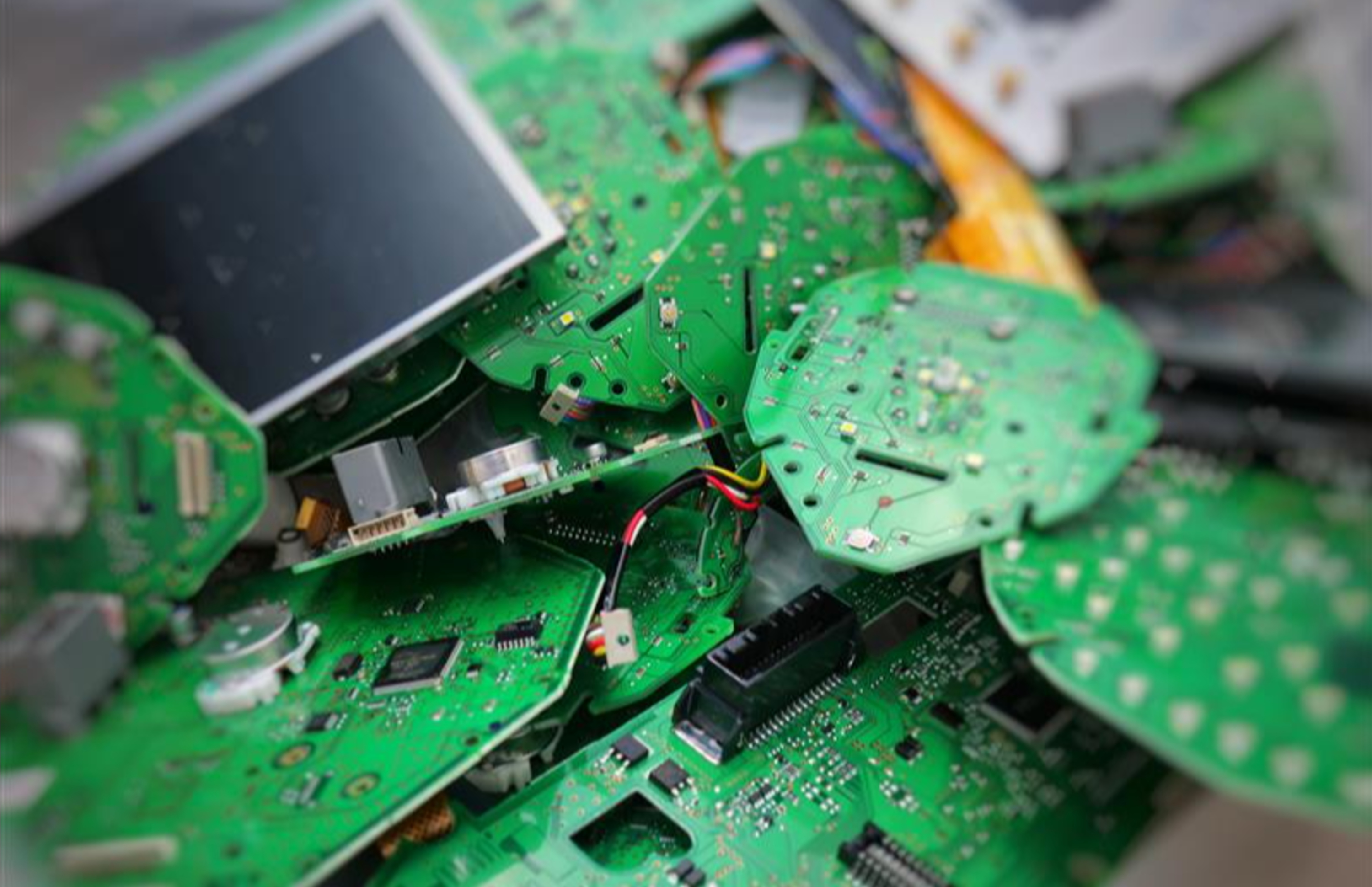Copper e-scrap trends: from supplementary feed to strategic resource
News Analysis

20
Oct
2025
Copper e-scrap trends: from supplementary feed to strategic resource
Smelters are entering a new paradigm where electronic scrap (e-scrap) is becoming a strategic feedstock rather than a supplementary input, and Japan is leading the way.
The push to diversify raw materials, reduce reliance on mined concentrates, and strengthen circularity is accelerating, particularly as concentrate supply remains tight and treatment and refining charges (TC/RCs) have been at historic lows in recent months.
Compared to traditional recycled copper sources, such as wire, cable, brass, and other fabrication scrap, e-scrap has historically represented only a small share of the scrap pool. Copper recovered from e-scrap currently accounts for ~3% of total recycled copper; however, if landfill losses were avoided, this would have the potential to reach 15%. Its share is expected to grow as shredded discarded electronics, such as printed circuit boards, become a valuable source of copper and precious metals for smelters equipped to process these complex materials. Global trade in end-of-life electronics has risen by 46% over the past decade, from 585kt (gross) (114kt Cu) in 2015 to 856kt (167kt Cu) in 2024, equivalent to a CAGR of 4.3%.
Following a 7% slump during the pandemic, imports into major processing regions rebounded strongly, with growth accelerating from 5% y-o-y in 2021 to 9% y-o-y in 2024, supported by higher precious metals prices. This growth, reflecting overall demand for e-scrap as a source of copper and precious metals, has been concentrated in Western Europe and industrialised Asia. In 2024, the largest importers were Japan (42kt Cu), Germany (32kt Cu), Belgium (26kt Cu), South Korea (15kt Cu), and Canada (14kt Cu), whilst the top exporters included the USA (35kt Cu), the Netherlands (15kt Cu), and Germany (15kt Cu).
Japanese smelters are at the forefront of this trend. Low TC/RCs have increased the urgency to protect margins, prompting JX Advanced Metals and Mitsubishi Materials to announce plans to cut concentrate intake and raise the share of complex recycled feed. Japan mainly sources e-scrap from the Netherlands (23%), the USA (19%), and Taiwan (11%), and imported approximately 130kt (gross) in H1 2025.
The shift towards higher e-scrap intake underscores its growing strategic importance. Despite technical and regulatory challenges, recycled materials support profitability, enhance supply chain resilience, and contribute to lower carbon emissions. Looking ahead, e-scrap is set to play a central role in Japan’s and several other countries’ smelting strategies, not merely as supplementary feed, but as a critical lever for maintaining competitiveness in a tightening global copper market.